Shedding Light on the Pros and Cons of Natural and Artificial Light in Real Estate Photography
When it comes to real estate photography, shedding light on the differences between natural and artificial light can be invaluable.
It’s important to understand the pros and cons of each type of light in order to produce the best photos that will attract potential buyers.
In this blog post, we will explore the advantages and disadvantages of using natural and artificial light for real estate photography. Let’s dive in!
Understanding the Importance of Lighting in Real Estate Photography
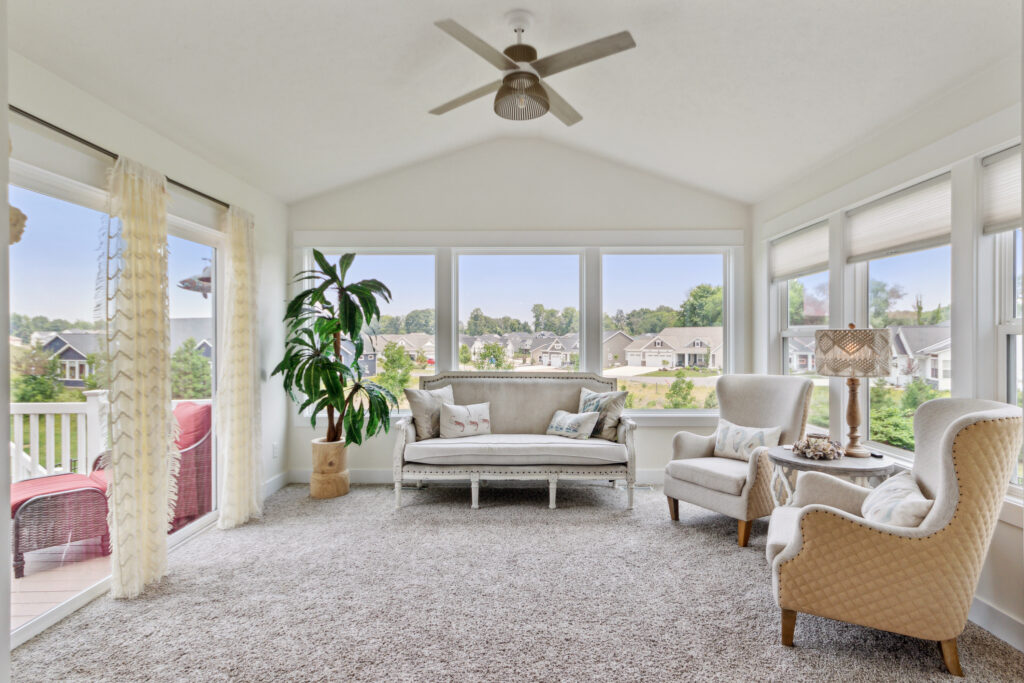
Real estate photography is all about capturing the beauty and essence of a property in the most visually appealing way possible.
One of the most important elements of creating great real estate photos is lighting. Whether you are a professional photographer or a homeowner trying to sell their property, getting the lighting right can make all the difference.
Good lighting can make a space feel bright, spacious, and inviting, while bad lighting can make even the most beautiful room feel dreary and uninviting. With the right lighting, you can highlight the best features of a property, create a mood, and draw in potential buyers.
However, when it comes to lighting in real estate photography, there are two main types: natural and artificial. Each has its pros and cons, and understanding them is essential for creating great real estate photos. In the following sections, we’ll take a closer look at both types of lighting, their benefits and drawbacks, and how to strike the right balance for the perfect real estate photo.
Artificial Light in Real Estate Photography: Pros and Cons
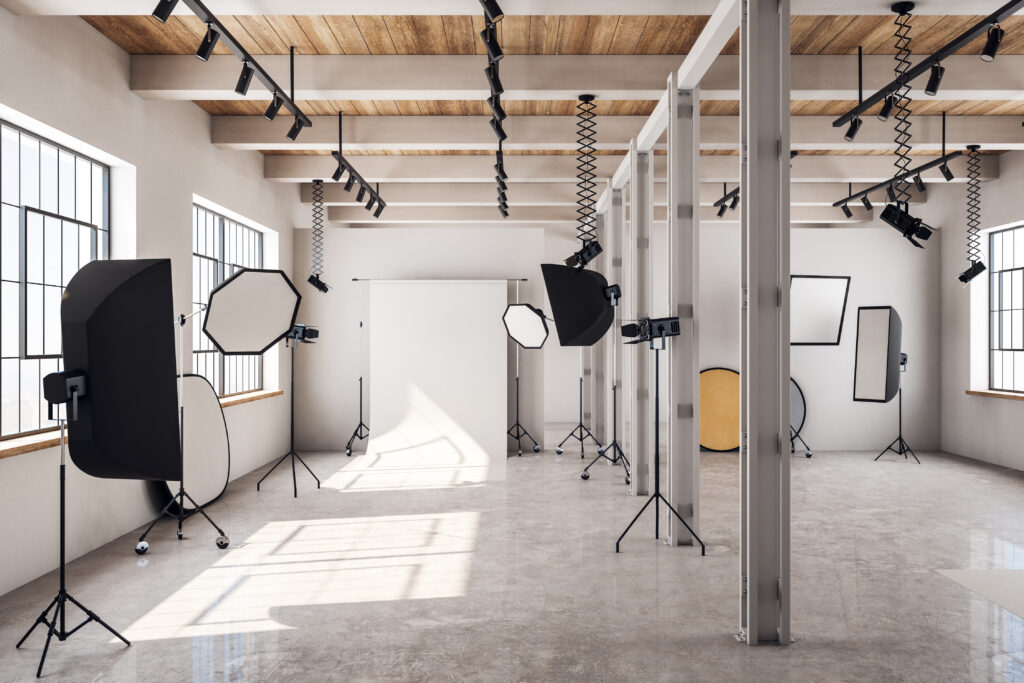
When it comes to real estate photography, artificial light can be a useful tool in achieving great shots. However, there are also some downsides to using artificial light that photographers should be aware of.
Pros of Using Artificial Light in Real Estate Photography:
- Control over Lighting. One of the biggest advantages of using artificial light is the control it gives you over the lighting in your photos. You can easily adjust the intensity and direction of the light, which can help highlight certain areas of a room or property.
- Consistent Results. Artificial light is also helpful in achieving consistent results, regardless of the time of day or weather conditions. This can be especially helpful when photographing a property that needs to look its best at all times.
- Brightness. Artificial light can be brighter and more powerful than natural light, which can be useful in spaces with limited natural light sources.
Cons of Using Artificial Light in Real Estate Photography:
- Unnatural Look. While artificial light can be helpful in controlling the lighting in a shot, it can also create an unnatural look if not used properly. Too much artificial light can wash out colors and create harsh shadows.
- Equipment. Using artificial light requires additional equipment such as light stands, bulbs, and diffusers. This can be costly and cumbersome to transport, especially for real estate photographers who are constantly on the go.
- Reflections. Artificial light can also create unwanted reflections or glare in photos, especially on reflective surfaces such as windows and mirrors.
Overall, artificial light can be a helpful tool in real estate photography, but it should be used thoughtfully and in conjunction with natural light to achieve the best results.
Natural Light in Real Estate Photography: Pros and Cons
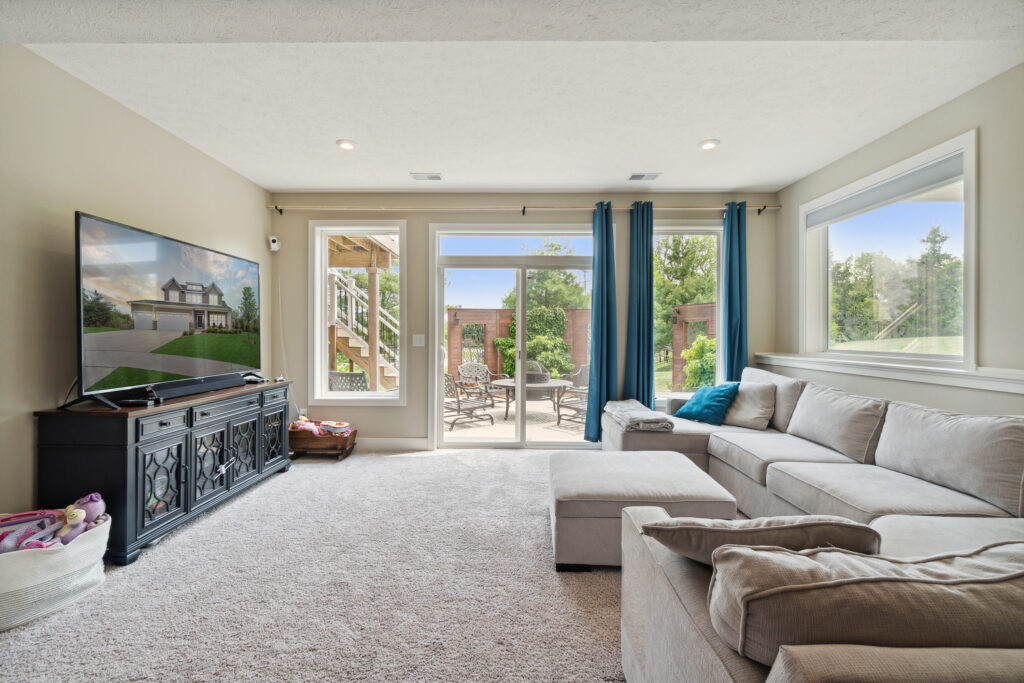
When it comes to lighting in real estate photography, natural light is often a popular choice among photographers. However, there are both advantages and disadvantages to using natural light in real estate photography.
Pros of Natural Light:
- Authenticity – Natural light can create an authentic feel to your photographs, which is especially important when photographing residential properties. Buyers want to see what a home looks like in real life, and natural light can provide a realistic view.
- Energy Efficient – Since natural light is free and requires no additional equipment or energy, it can save time and money for the photographer.
- Natural Beauty – Natural light can enhance the beauty of a property by showcasing the warmth and coziness of a space.
Cons of Natural Light:
- Inconsistent – Natural light can be inconsistent and unpredictable. Factors such as weather, time of day, and season can impact the quality of the light and affect the final result.
- Limited – In some cases, natural light may not be sufficient for a space and may not showcase certain features or details. For example, in darker rooms or in properties with limited windows, additional lighting may be necessary.
- Challenging – Photographing interiors with natural light can be challenging due to the contrast between bright windows and darker areas of the room. This can result in blown-out highlights or dark shadows in the same photo.
While natural light can create beautiful and authentic photos, it’s important to also consider the drawbacks and limitations. A combination of natural and artificial lighting can help photographers achieve a balanced and consistent result.
Finding the Right Balance between Natural and Artificial Light
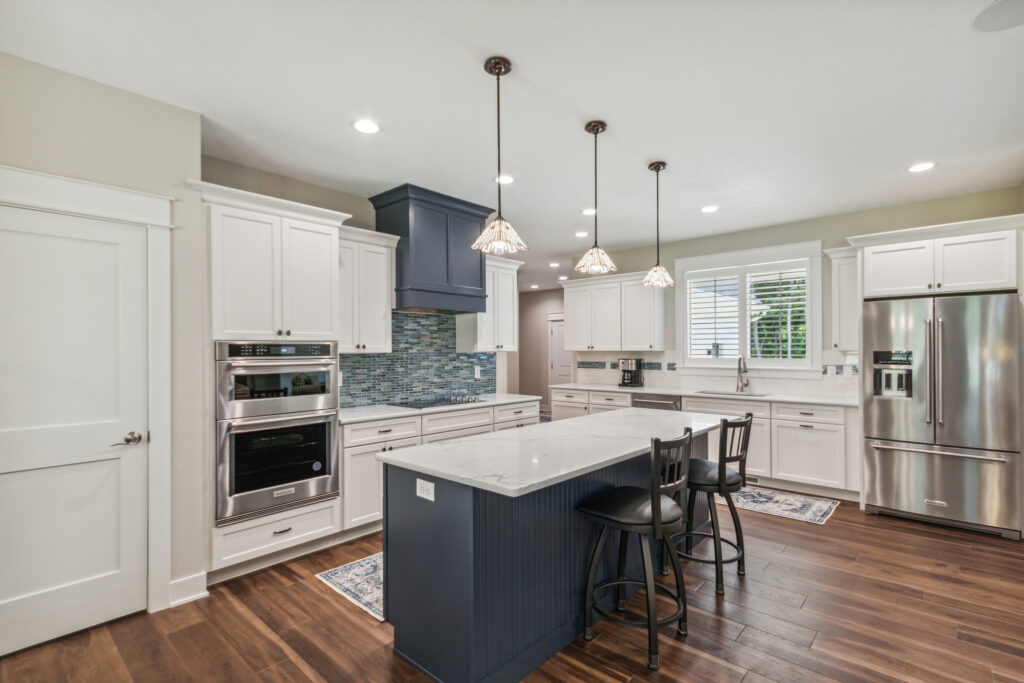
One of the keys to achieving great lighting in real estate photography is finding the right balance between natural and artificial light. While both types of lighting have their benefits and drawbacks, using them in combination can create stunning results.
When using natural light, it’s important to consider the time of day and the direction of the sunlight. East-facing properties benefit from the morning light while west-facing properties benefit from afternoon light. South-facing properties have a more consistent light throughout the day, while north-facing properties tend to be darker.
Artificial light, on the other hand, can be used to enhance natural light or to create a specific mood. Use ambient lighting to create a warm and inviting atmosphere, or use directional lighting to highlight specific features in a room.
When combining natural and artificial light, it’s important to balance the intensity and color temperature of each source. A mix of warm and cool lighting can create a natural and balanced look, while too much of one type of lighting can create an artificial and unnatural look.
Experiment with different combinations of natural and artificial light to find the right balance for each property. Don’t be afraid to adjust the placement, intensity, or color of your lighting to achieve the desired effect.
Tips for Achieving Great Lighting in Real Estate Photography
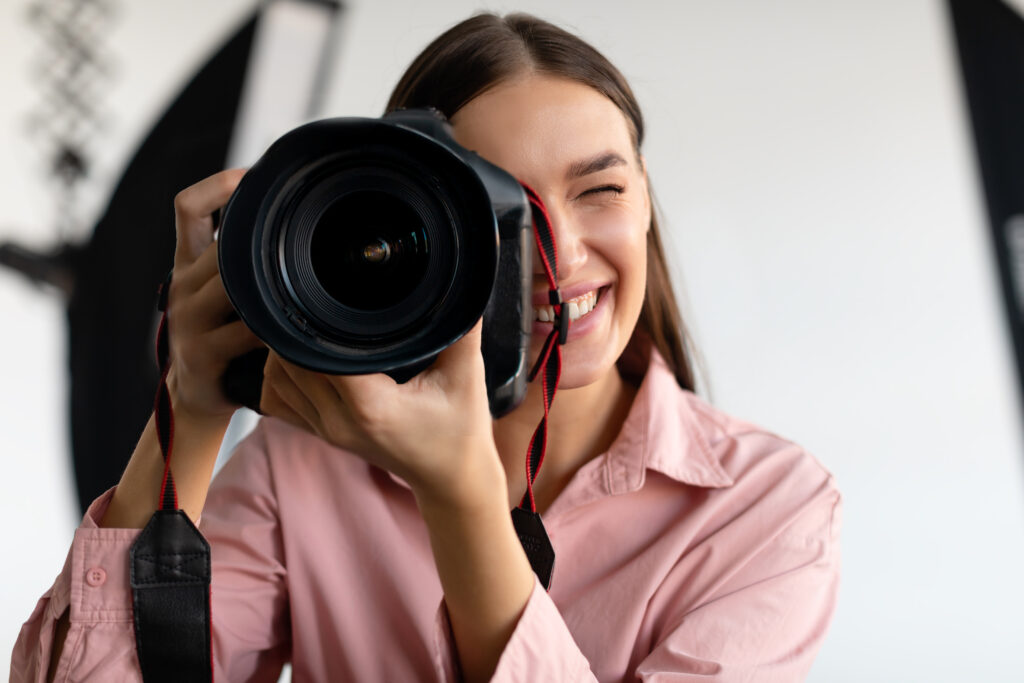
We’ve discussed the pros and cons of natural and artificial light in real estate photography.
Now, let’s talk about some tips for achieving great lighting in your photos:
- Start by identifying the source(s) of light in the space you’ll be photographing. This will help you determine if artificial lighting is needed or if natural light is enough.
- Use a tripod to keep your camera steady and avoid blur in your photos. This is especially important when shooting in low light conditions or when using a slower shutter speed to capture more light.
- When using artificial lighting, be sure to position your lights strategically to avoid harsh shadows or uneven lighting. Softbox lights are a great option for creating diffused light that looks natural.
- Consider using bounce lighting to reflect natural light into the space. You can use reflective surfaces like white walls or ceilings to bounce light around the room.
- Don’t be afraid to adjust your camera settings to accommodate the lighting conditions. For example, you may need to increase your ISO or adjust your white balance to capture accurate colors in your photos.
- When shooting outdoors, be mindful of the direction of the sun and how it affects the shadows and highlights in your photos. Shooting during golden hour can also give you soft, warm lighting that is perfect for real estate photography.
By following these tips, you can achieve great lighting in your real estate photos and showcase the property in the best possible way. Remember, lighting can make or break a photo, so it’s worth taking the time to get it right!
Ready to sell your property? Give us a call today and learn more about our professional photography services that can boost your property listing!
Plus, explore our virtual assistant coaching program to level up your business. Don’t forget to tune into our new podcast for even more valuable insights!
